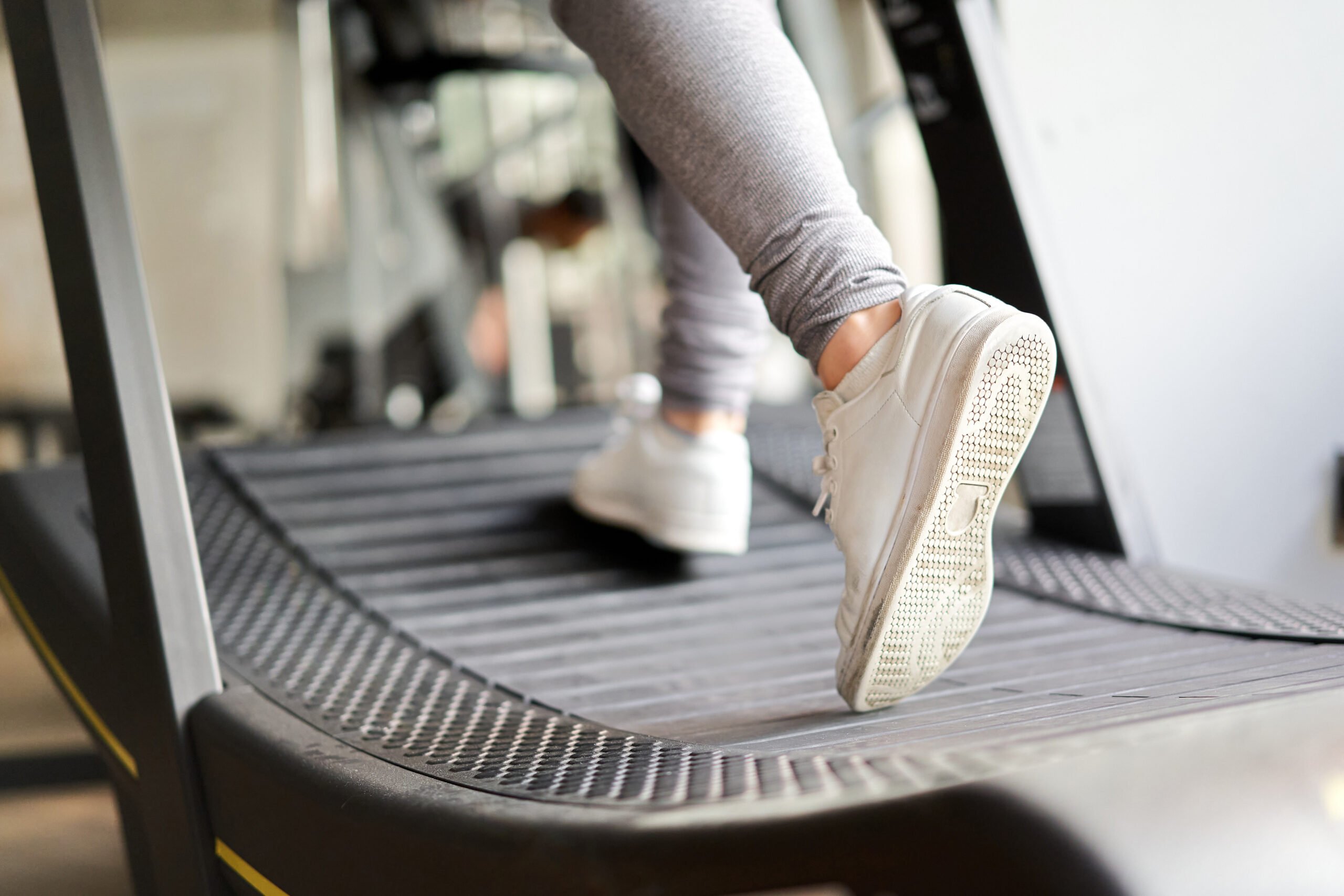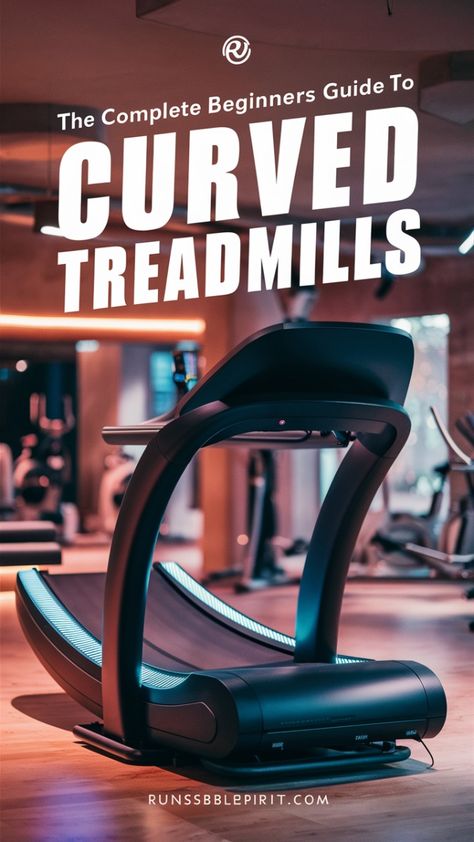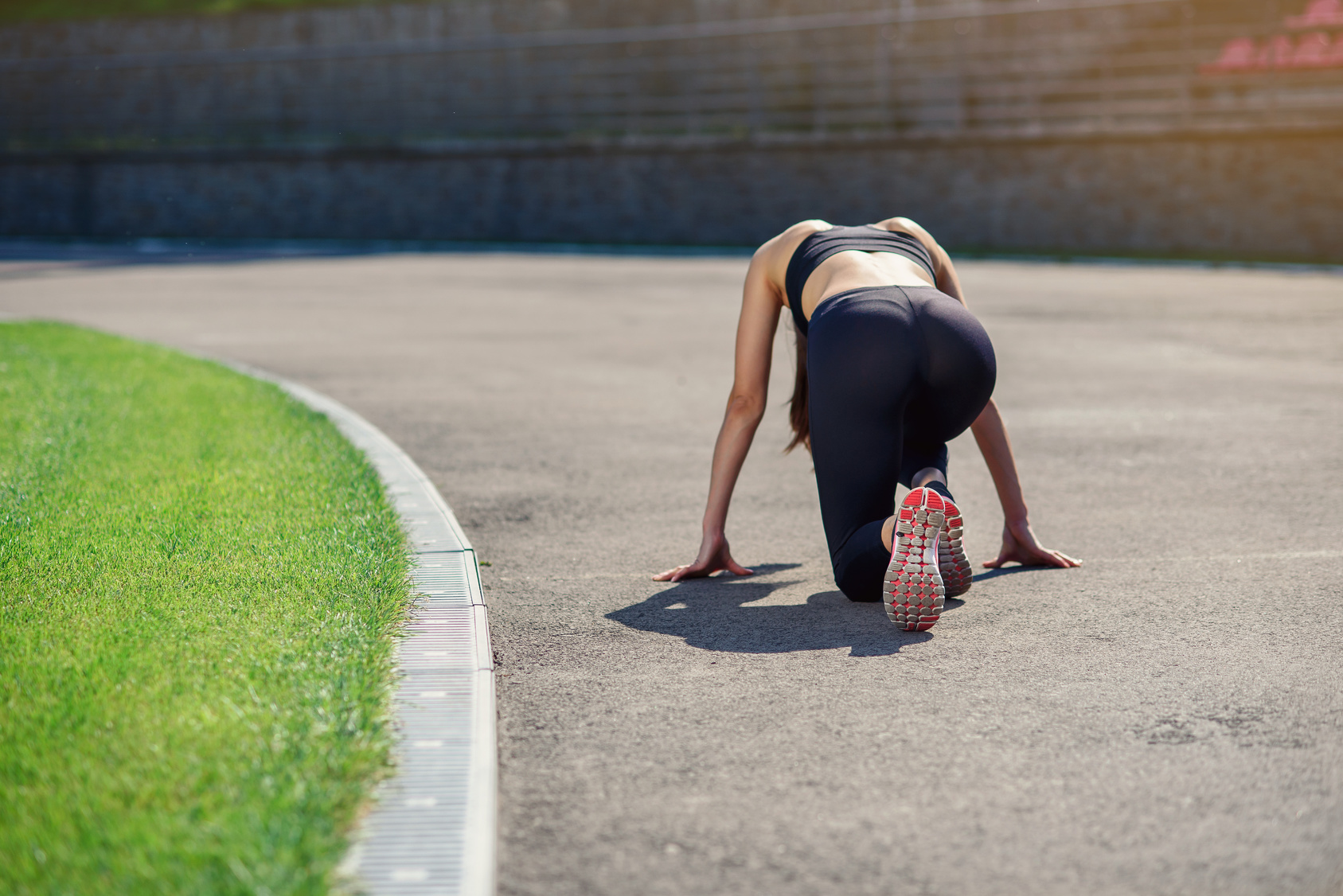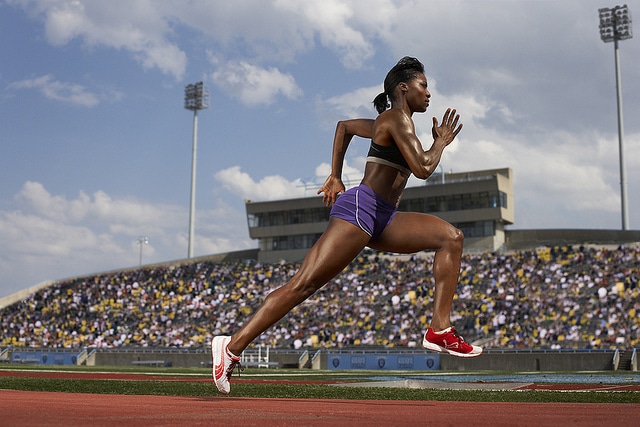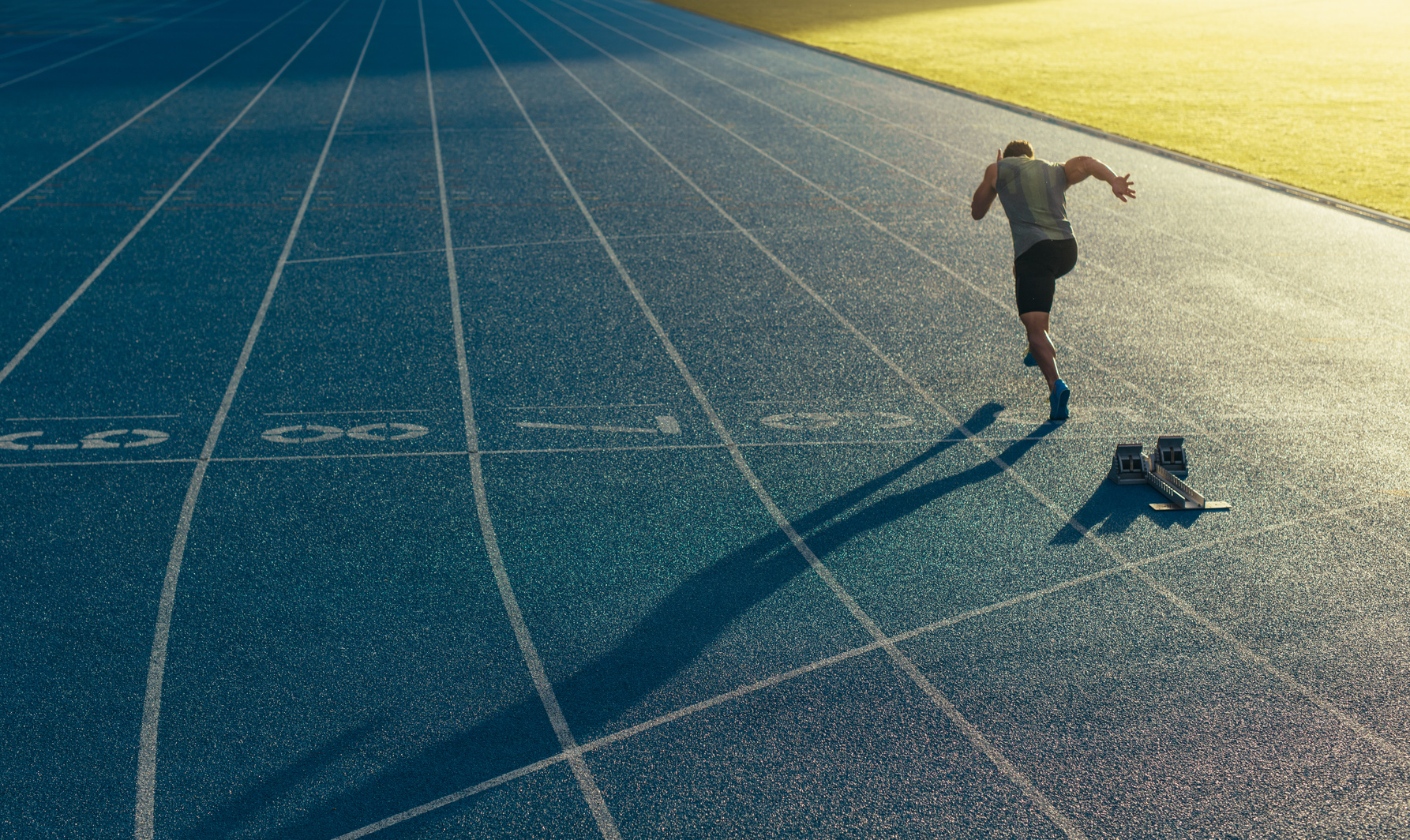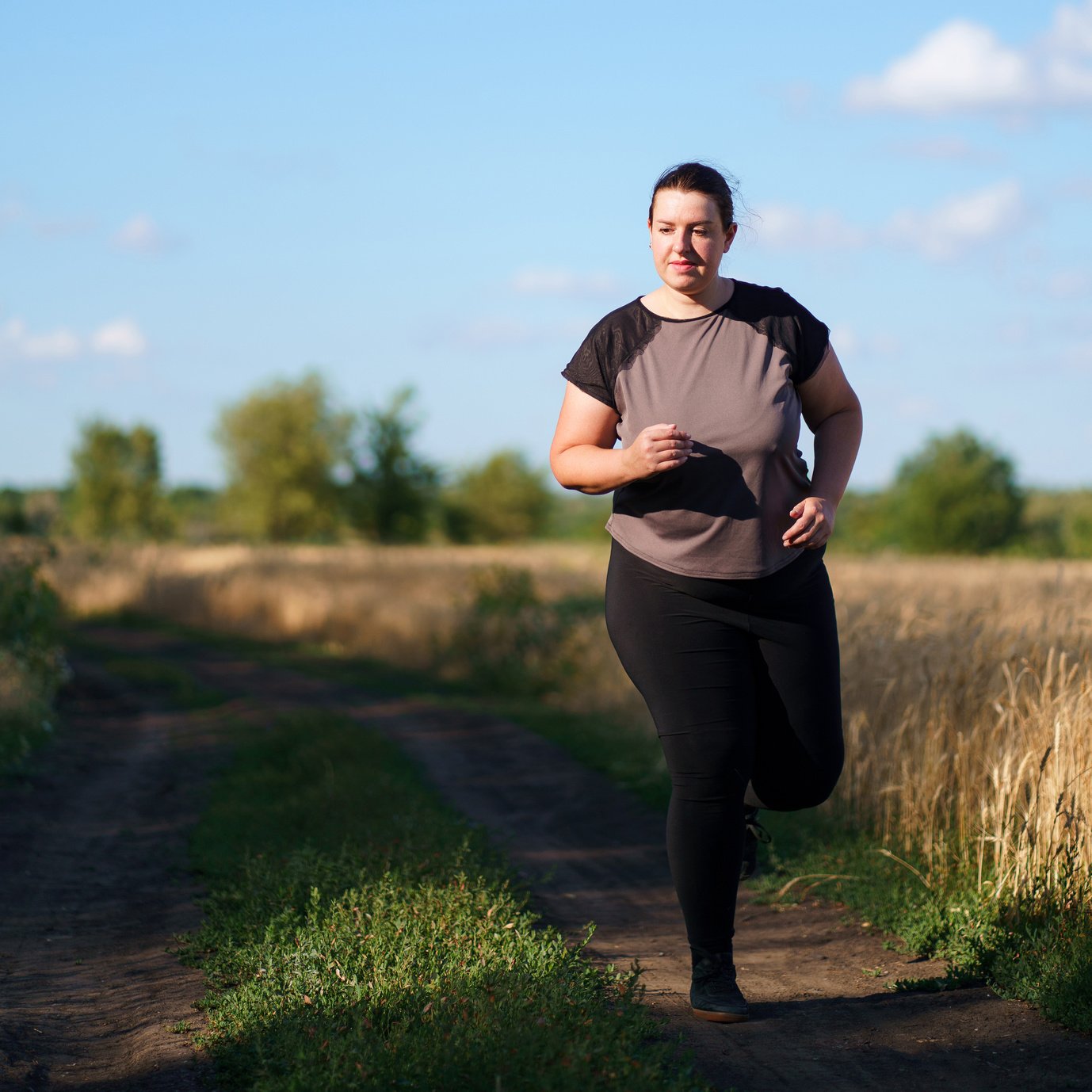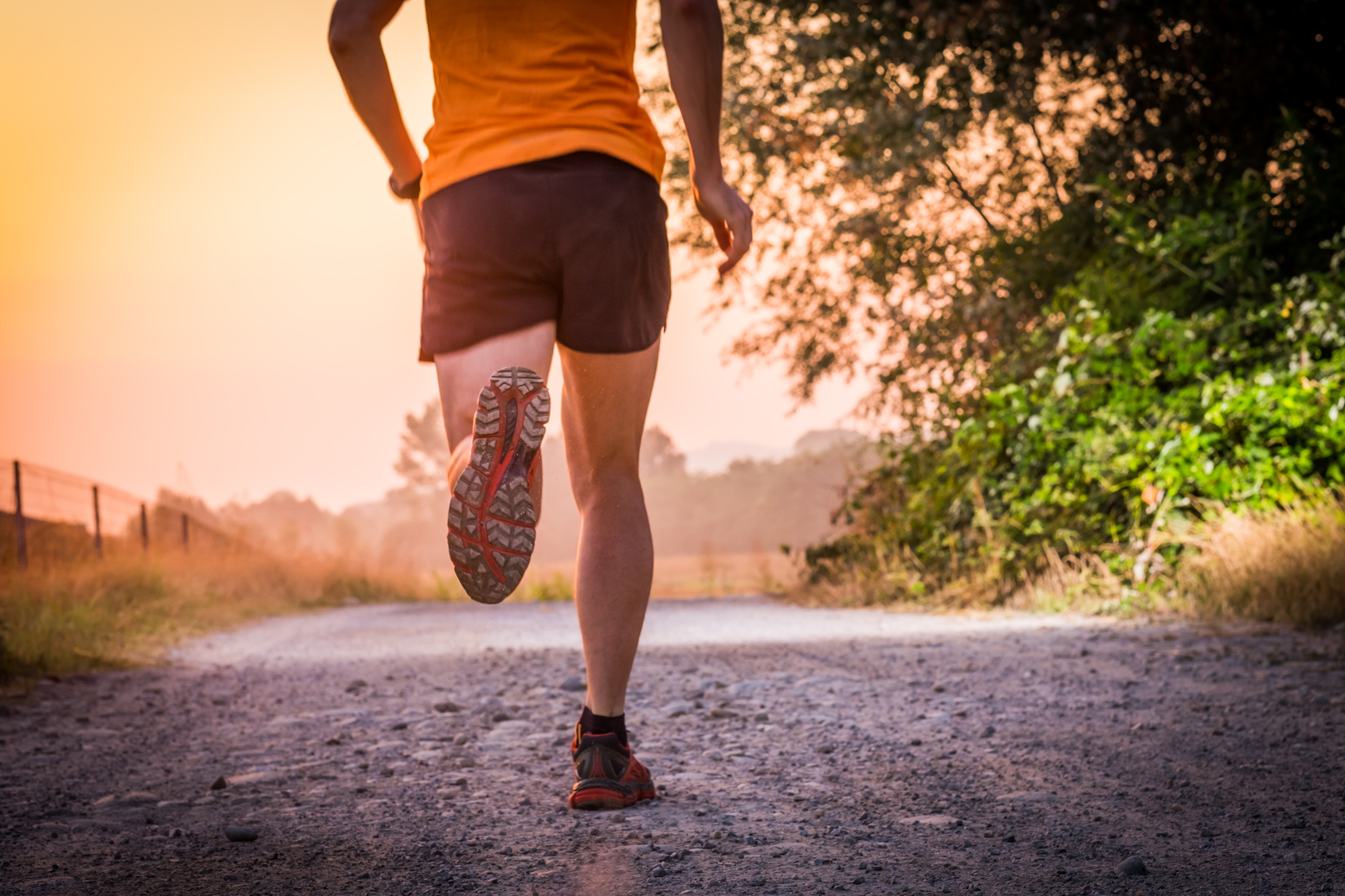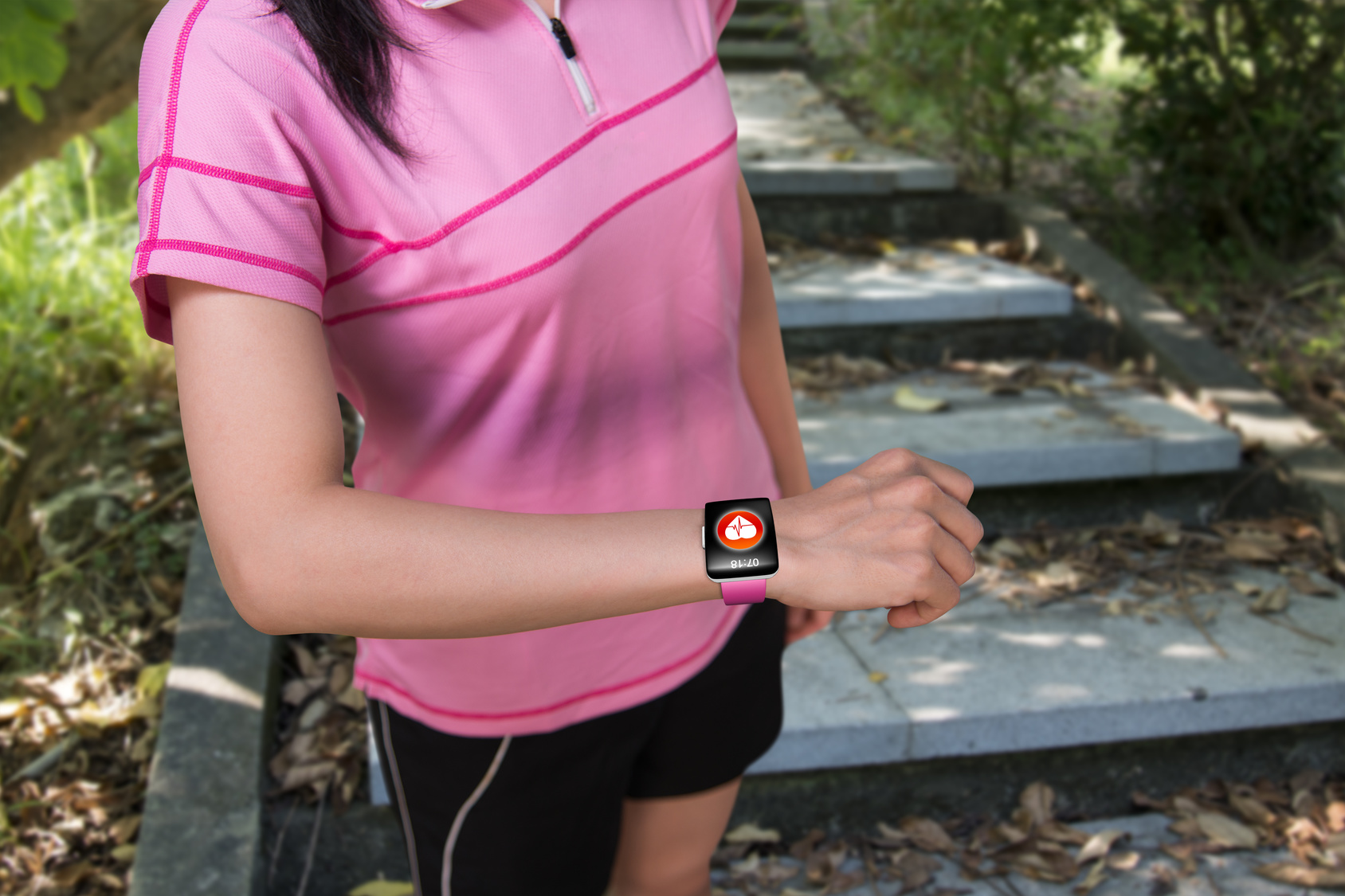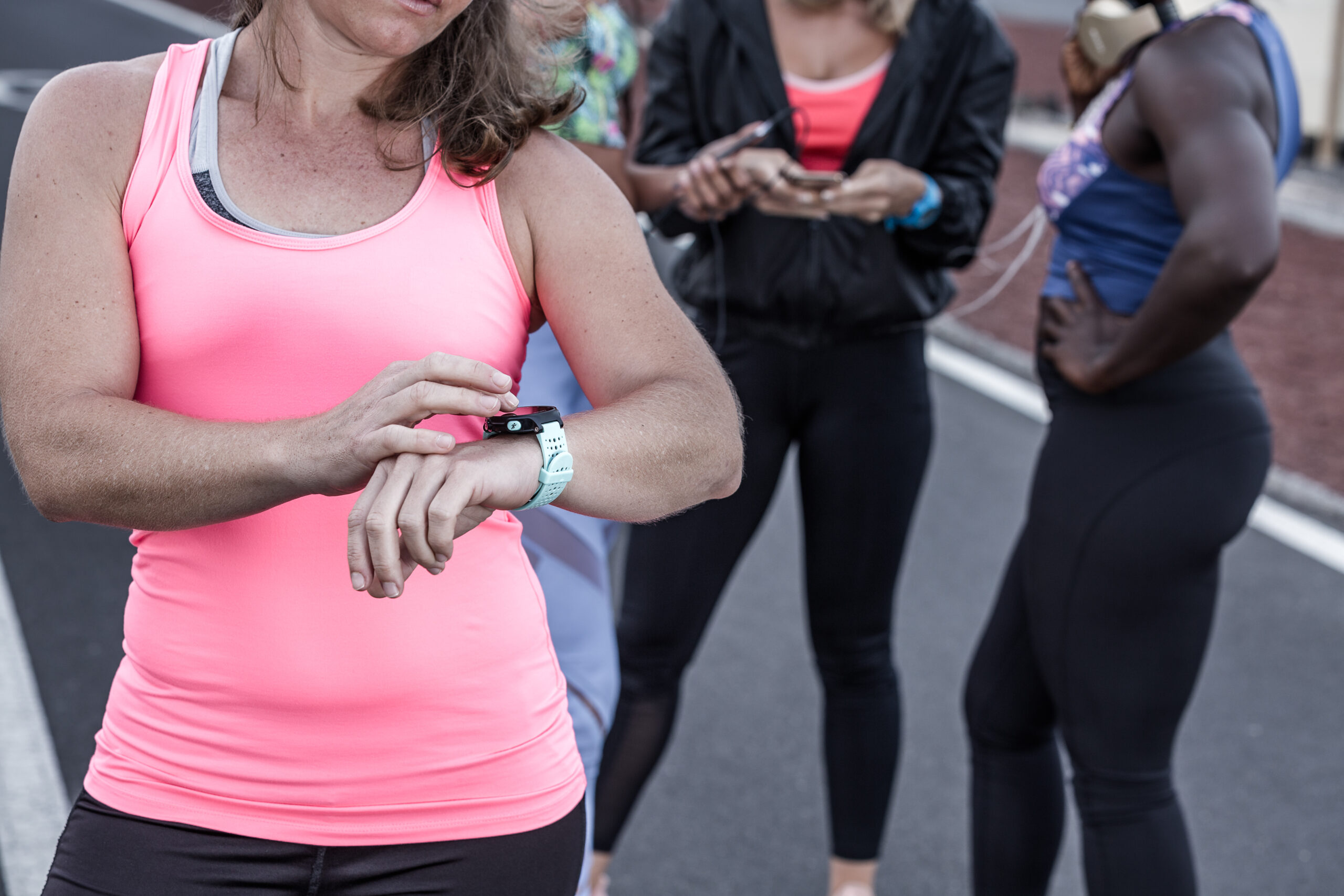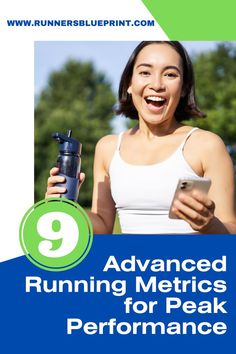Running is a sport that mainly uses the legs.
That’s why overuse running injuries are lower extremity injuries, such as runners knee, shin splints, plantar fasciitis, and the rest.
However, train long (and hard) enough, and you’ll notice that your upper body, especially your neck and shoulders, is sore or painful during a run or the day after.
So what gives? Isn’t running a lower body exercise per excellence?
Yes and no. Although your lower body does most of the work while running, your upper body is also an important piece of the puzzle.
As a result, if you’re feeling any sort of soreness or pain in your neck and shoulders while running, know that there are many (running and non-running) causes that you need to address promptly if you’re serious about staying pain-free for the long haul.
So, what’s causing this pain in the neck while running? And most importantly, how to stop and prevent it?
That’s where today’s post comes in handy.
Top 6 Causes Of Neck Pain While Running
In this article, I’ll delve into the top 6 reasons you could be feeling neck and shoulder pain during and after running as well as how to prevent it from returning in the future.
Sounds great?
Let’s get started.
Weak Posture
One of the most common causes of neck pain while running is attributed to poor posture. This is not only true during running but during other activities as well.
This one is especially common in runners who work long hard at the office joins or spend the majority of their time behind a desk.
Being behind a desk often requires sitting with the head forward, chin down, and back arched. This weak posture, known as forward head posture, translates into your running form.
Add in the impact forces of logging the miles, and the weak posture can indirectly contribute to neck and shoulder pain, specifically irritate your cervical spine indirectly by changing the center of gravity.
The Fix
To prevent weak posture, try running with a neutral neck—a position in which all muscles are working optimally to counteract loading. In fact, you should be maintaining this posture no matter what exercise you’re doing.
Your head should be balanced directly over your spine, making sure it’s not cocked or leaning forward to one side or the other.
Your shoulders should be nearly level and pressed down your back instead of being hunched.
That’s not the whole story. There are also plenty of exercises to help strengthen the muscles of your neck, which, in turn, helps keep your neck in proper alignment.
Additionally, make your workstation as ergonomic as possible. Set up your computer screen to eye level and keep your foot supported on the ground.
For more reading on office ergonomics, check the following posts:
Clenching Your Fists
Clenching your fists while running creates tension that travels up your forearm and upper arm and into your trapezius muscled and neck.
The more miles you log in, the more stress and strain you produce in your arms. Also, don’t forget about the bouncing factor.
Log in enough miles, and this tension can cause place drastic stress on your arms, shoulders, and neck, which impacts how you run.
The Fix
If you start feeling tensed up in the shoulders or the neck while running, try and relax your hands and let them hang.
Imagine you have a butterfly in your palms, but at the same time, you don’t want to crush it. You can also imagine holding a penny between your forefinger and thumb and don’t want to drop it as you run.
Additional resource – Chiropractor for runners
Gazing Down At The Ground
Although the eyes are not talked about much when it comes to running technique, the rest of your body will follow your gaze. Gazing down flexes your neck too.
This causes all sorts of troubles not only in your upper body but in your hips and knees as well.
The Fix
To combat this, tuck your chin in and keep your gaze up toward the horizon while running. By doing this, your body will be directed according to your line of sight.
Excessive Pumping OF The Arms
Keeping a proper arm motion is key to your running form.
When you excessively move your arms, you’ll more than likely experience undue strain on your shoulders and neck.
This, again, sets you up for neck and shoulder pain while running.
It’s also a major waster of energy.
Additional Resource – A Tibial Posterior Tendonitis Guide in Runners
The Fix
To prevent excessive arm pumping while running, try pulling your shoulders down and back and curving your arms at a 90-degree angle. Then, keep pumping your arms forward and backward from the shoulders.
As a rule, keep the movement smooth, loose, but in control. Keep in mind that the movement is taking place at your shoulder, not your elbow.
Just keep in mind that it takes practice over time to hone your arm swing, but once you have it, it can do wonders for your running form.
I’ve already described in length what a proper arm swing should look like on my blog, and I believe it’s an integral part of proper running form.
Additional Resource -Your guide to jaw pain while running
Your Body is Dehydrated
This may surprise you, but dehydration is a common culprit of both neck stiffness and neck pain.
When your body is dehydrated, your muscles, ligaments, and tendons get tighter, which can lead contribute to neck pain.
Additionally, dehydration can also cause a headache. This results in tension, and most of it builds up in the neck and shoulders, causing “you know what.”
What’s more?
Staying well-hydrated can help prevent cervical disc degeneration, which is a common cause of neck pain. Your spine discs consist mostly of water and collagen.
Drinking enough water keeps the discs between your spine’s vertebrae well lubricated—key for maintaining disc height and spinal alignment. Thus, the weight distribution will be even.
The Fix
Drink plenty of water throughout the day. This should help keep your body well hydrated not only around your runs but throughout the day.
At the very least, shoot for eight large glasses of water per day. Drink more on heavier training days or during the summer.
Running in the morning? You’re more likely to wake up lacking fluid, so hydrate before you head out the door. Make sure you check your urine color as a standard hydration check.
Take water with you for runs exceeding one hour. This is especially the case if you’re running in hot and/or humid conditions.
Additional resource – Common cause of lower leg pain after running
A Running/Athletic injury
Another culprit behind neck pain while running is when you have actually hurt your neck—or the muscles and joints surrounding it—while doing something else.
This can be an acute injury such as lifting a heavy object or throwing a ball or overuse injury while sitting or working for long hours in bad posture in front of a computer.
Other (non-running related) causes of neck pain may include:
- Arthritis of the neck, such as rheumatoid arthritis or osteoarthritis.
- Meningitis, which is the infection of the lining of the spinal cord and the brain.
- Spinal stenosis, which refers to the narrowing of the spinal canal.
- Simple neck strain, often caused by sitting too long at a computer, sleeping in an improper position, etc.
- Ruptured cervical disc, which happens when the disc between the bones of your neck protrudes from its normal position.
- And so much more.
Your doctor can help with this.
The Fix
First, see if keeping proper posture while running helps to soothe pain, but more than often, you might have to take a few days off the running track to give your body the chance to heal. Or take your regular prescribed medication in case you have an ongoing condition.
If it’s not the case, then check the following tip.
When to See a Doctor for Neck Pain
In case all of the above has failed to soothe your symptoms, it’s time to seek medical help.
Still not feeling any relief in spite of taking some of the above measures? Then it’s time to consult your doctor or physical therapist.
This is especially the case if your neck pain hasn’t subsided within a couple of weeks.
In fact, seek medical help if you’re suffering from any of the following symptoms:
- Numbness, needles, pins, or weakness that gets worse in one or both arms.
- Constant headache with squeezed sensation behind your neck and scalp.
- Experiencing ringing in your ears, blurred vision, or dizziness that doesn’t subside within 48 hours.
- Have balance or coordination issues since your neck pain has started.
Additional Resource – Here’s how to use KT Tape for runners knee.
Neck Pain While Running – The Conclusion
There you have it. If you’re suffering from shoulder or neck pain while running, today’s post should have provided more than an answer to what’s ailing you. Please take care of yourself and don’t neglect any kind of problem—neck pain is no exception.
Feel free to leave your comments and questions in the section below.
In the meantime, thank you for dropping by.
Keep running strong.




